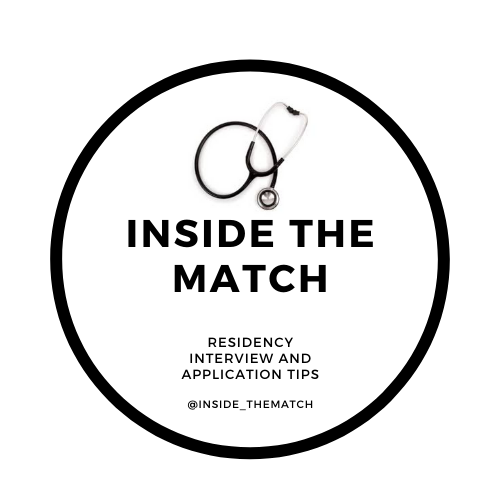Tips for Family Meetings Part I- The Preparation
Written by Lindsey Ulin, MD
Like any procedure, leading a family meeting is a learned skill that requires many repetitions and hours of practice. It's one you may not have received training in during medical school and find yourself asked to do as a new intern in July. Here are some tips for preparing for a family meeting. A second post will follow with tips for leading the meeting. This framework below can help get you started, and consider consulting the palliative care team for expert guidance as needed.
A Five Question Framework for Preparation:
The What- What has the hospital course been like?
You do not need to memorize objective data like lab values, but rather think about the big picture. Then consider how you would explain it to someone who may not work in healthcare. Avoid using medical jargon.
It is also important to think about what the past few months or years have looked like for the patient and their family before this hospitalization. Is this one of many frequent admissions? Has this been a steady or sudden decline in their health and functioning?
The Why- Why are we having this meeting?
Is our hope to provide information like a change in clinical status, discuss goals of care, make a recommendation on code status or a combination of all of the above?
What has been the goal of this hospitalization and why are we concerned we may not be able to reach this goal?
The Who- Who is this person beyond their illness experience?
What is important to them? Who is their support system? What did their day-to-day life consist of before they became sick?
Talking to the patient and family beforehand can be better in having an earlier idea of this going into the meeting, and give the family comfort and familiarity with you as a member of the care team. These questions can also be asked and/or revisited during the meeting as appropriate.
Sometimes you may find helpful context in the chart in prior social histories and recent office visit notes. Consider reaching out to outpatient providers who may have a longitudinal relationship with the patient, such as their primary care provider, for their perspective and recommendations.
The When- Finding a day and time
Find a time that works for everyone, which will likely take a few emails and phone calls to coordinate.
If any family members will be joining virtually, make sure they have a link to join the meeting.
The Where- Where should the meeting take place?
If the patient is joining, it will most likely be in their room. If not, try to reserve a quiet and private space like a conference room. Unit coordinators and nurses may be able to help arrange this.
Pre-brief with the care team attendees a few minutes early to make sure everyone is on the same page going in and confirm who will be leading the meeting.
Make it a priority to find chairs for everyone and take a seat. So much of communication is nonverbal and studies have shown when providers sit down it increases the patient’s perception of time spent with them and ratings of providers’ communication skills.
Tips for leading a family meeting will be forthcoming in a part 2 post!

